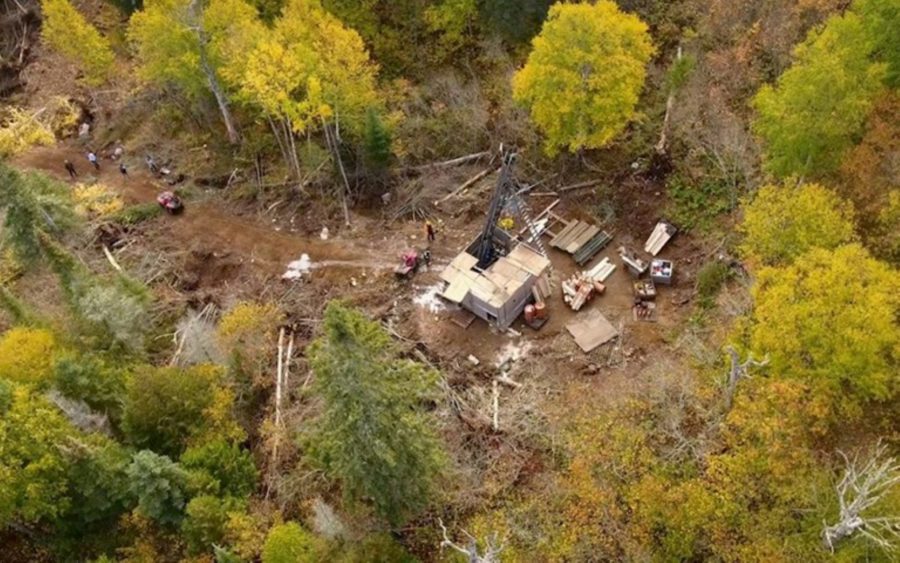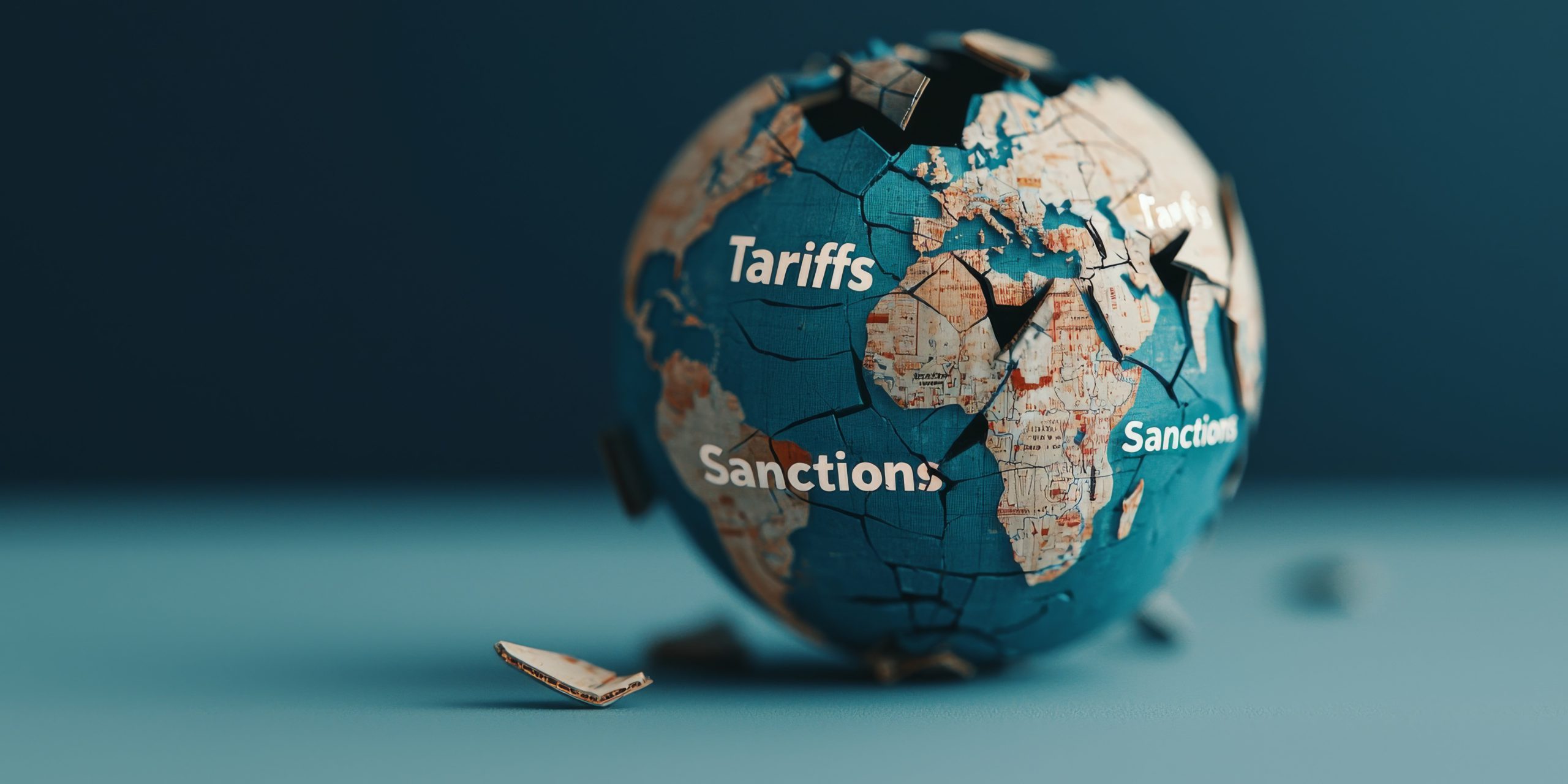Business coalition to fight AIDS
It’s early February as I write, and the Mining Indaba is taking place in Cape Town. Miners and explorers from around the world are drawn to the mineral wealth of southern Africa.
But there is an aspect of doing business in South Africa that is still uncomfortable. Of all the nations, that country is the epicentre of HIV/AIDS infection. Twenty percent of the productive workforce is infected.
Those facts were spelled out to me by Neeraj Mistry, a South African medical doctor and economist who is technical director of the New York-based Global Business Coalition on HIV/AIDS (“GBC”). The coalition is a member-supported non-profit organization leading the business fight against HIV/AIDS. Mistry was visiting Canada to spread the word that AIDS infection is a serious problem, and businesses have an essential role to play in its solution.
HIV/AIDS is not restricted to Africa, but is found on every continent. Public health efforts have met with some success, particularly in Brazil, but HIV/AIDS continues to spread frighteningly fast in places like China, India, Ukraine, Russia and parts of Latin America and the Caribbean.
Mining and extractive companies, by the nature and location of their operations, have experienced first-hand the impact of HIV on their productivity and profitability: increased absenteeism, rising costs of health benefits, funeral attendance and retraining costs. At one stage, Anglo American was hiring two employees for the same job due to the rate at which their employees were dying. Leading mining companies are mitigating these direct costs to their business by equipping their onsite hospitals to provide comprehensive HIV testing and treatment services.
For companies with operations in hard-hit regions, providing prevention testing and treatment services to their workers is an immediate priority. The business community, however, can bring far more to the fight against AIDS. “The response to AIDS has been very medicalized,” says Mistry–building clinics, testing people, and administering drugs–“but businesses can offer core competencies.” A new treatment clinic he visited in Nigeria had no power. Its single generator worked for 18 hours per day, but many drugs need around-the-clock refrigeration. What it needed immediately was a second generator.
There are many other ways that businesses can provide concrete help. AIDS awareness software could be loaded on every computer shipped to high-risk areas. Beverage distributors could offer transportation. Mines could make their onsite clinics available to the local community. Through strategic simulation, the GBC has determined that “collaboration of all sectors is the only way to fight this pandemic effectively,” says Mistry.
The coalition already has 181 members, mainly multinationals, but only one Canadian mining company, Placer Dome Inc., which is doing great work through its HIV workplace and community program at the South Deep gold mine in South Africa (see CMJ December 2003).
Companies working anywhere with significant infection need to make an AIDS business plan to protect their own workforce and keep the local economy alive. The GBC can walk member companies through the steps of identifying goals, planning a strategy and implementing it.
With 8,000 people dying every day of this disease and the infection continuing to spread, we can’t wait until next year. Now is the time to act. Health and safety officers for every mining company, as well as senior managers and CEOs, should visit the coalition’s website at www.businessfightsaids.org to find out how they can be part of the cure.





Comments